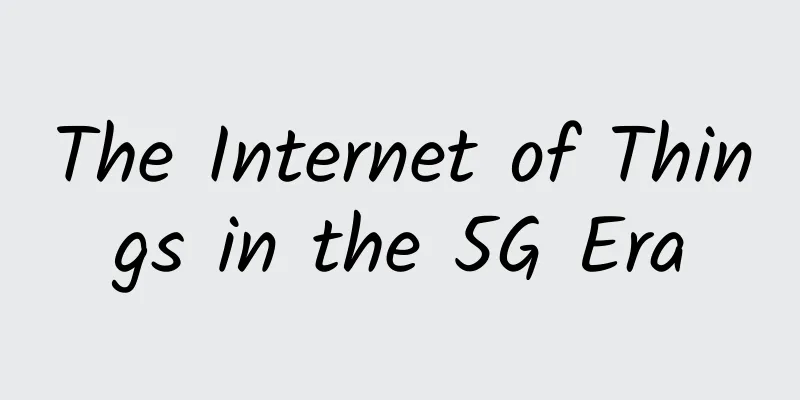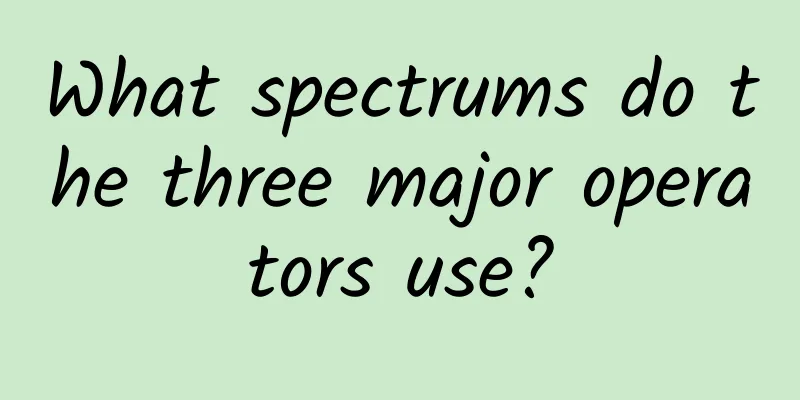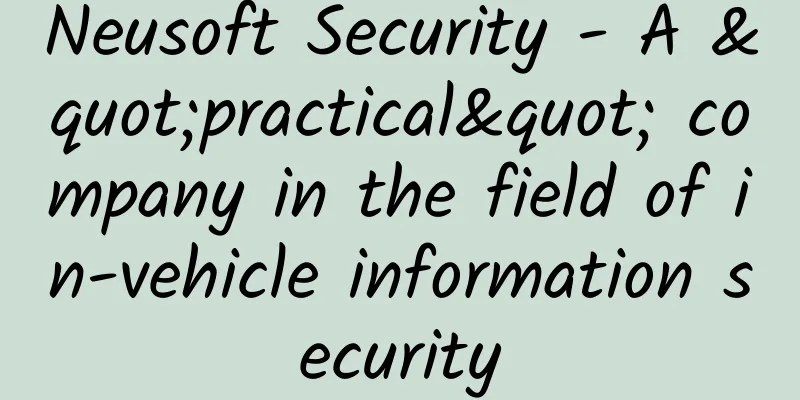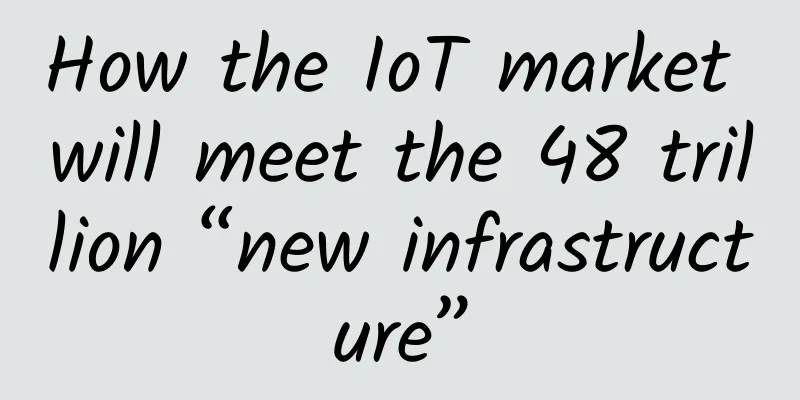|
At the 2017 Huawei Connect Conference held from September 5 to 7, Huawei showcased the latest technological and industry application achievements in the large-scale commercialization of IoT, and worked with industry professionals to discuss the problems and solutions in the large-scale commercialization of IoT, promote the in-depth development of IoT commercialization, and create and share business success together with industry partners.
At this conference, Huawei focused on demonstrating end-to-end IoT solutions: IoT cloud services support flexible and open application enablement and rapid integration of industry applications; eLTE/NB-IoT wireless access networks, EC-IoT and smart home gateway wired access networks, meeting IoT access requirements in any scenario; Huawei LiteOS operating system and Boudica chips enable intelligent terminal devices, which can quickly access IoT networks, and terminal devices are visualized and easy to manage. At the same time, Huawei also demonstrated a variety of industry application innovations, such as: NB-IoT-based shared bicycle smart locks, helping shared bicycle operators explore the sharing economy based on the Internet of Things; the application of IoT cloud services in the Internet of Vehicles helps vehicle providers transform into mobile travel service providers; smart meter reading, smart street lights, smart parking and other applications help build smart cities, etc.
At this conference, Huawei launched its IoT cloud service. Huawei's IoT cloud service supports cloud collaboration, which enables easy integration of massive end devices and complete and efficient device management, such as visual terminal device management, remote firmware upgrades, and end-to-end fault location. At the same time, Huawei's IoT cloud service supports flexible and open application enabling services, and provides industry cloud service suites such as public utilities, smart homes, and Internet of Vehicles, which can accelerate industry application development and new business launches. In order to facilitate partners to call and integrate the open capabilities of Huawei's IoT solutions, Huawei has built OpenLabs covering the world, and has built 14 OpenLabs in Shenzhen, Xi'an, Shanghai, Tokyo, Japan, Singapore, and Dusseldorf, Germany, and has helped global operators build 8 OpenLabs. Through OpenLab, Huawei can provide open laboratory services to partners, and work with partners to quickly develop and integrate solutions and quickly bring solutions to market.
[[202501]]
Jiang Wangcheng, President of Internet of Things Solutions at Huawei Technologies Co., Ltd., said: "Huawei has deployed public clouds and local data centers in more than 20 countries and regions, and provides cloud services to more than 170 countries and regions around the world. Huawei IoT Cloud Service can share Huawei cloud technology and global service capabilities, and can provide a wide range of online and offline IoT cloud services to global customers."
At the same time, Huawei also released an IoT security white paper at the conference to help build a secure and reliable IoT network and effectively ensure the large-scale commercial use of IoT. In terms of end-to-end IoT security, Huawei has built a "3+1" in-depth security defense system, which is mainly reflected in the terminal's appropriate anti-attack capabilities, the network-side malicious terminal inspection and isolation capabilities, and the platform-side data management and privacy protection capabilities. At the same time, it is necessary to achieve security control and operation and maintenance of the entire network. Among them, the situational awareness of the entire network and the linkage of dynamic attack detection and response are particularly important.
Huawei has also made a positive and significant contribution to the industry in terms of IoT security. First, Huawei has provided strong support to its partners in terms of terminal security solutions. It has released terminal security design and security testing guidance to the industry for the first time. It will also provide security testing tools in the future and provide security testing services to various industry partners through Openlabs across the country. Secondly, Huawei actively participates in the construction of IoT security standards, and is the first to propose the DTLS+ protocol, which has made a lot of optimizations to the lightweight authentication of equipment. Finally, Huawei actively participates in and promotes governments, international organizations, and industries to increase investment in IoT security policy guidance, law promulgation, and industrial ecology. For example, Huawei and the Spanish Cybersecurity Agency (INCIBE) and Red.es jointly released a white paper titled "Building a Trustworthy and Manageable IoT World".
Huawei has successfully cooperated with domestic and foreign customers in the field of IoT cloud services. In Shandong, Huawei's NB-IoT network and cloud service platform support the rapid integration of massive terminal devices across manufacturers; the cloud service platform's application enablement, open API, application templates, etc. can support agile development, deployment and operation of various applications, saving 20%~40% of software development workload and shortening the application development cycle by 20%~40%; in addition, multiple copies of data are presented in a unified manner and shared by multiple departments, improving urban management efficiency. Huawei IoT fully leverages the advantages of cloud-pipe-end collaboration to help Weifang build the first city-level smart management platform in China.
In the future, Huawei will more actively promote the construction of the IoT industry ecosystem, deeply integrate innovative IoT technologies with many vertical industries, further advance the in-depth development of IoT commercialization, and promote the overall prosperity of the IoT industry.
|










